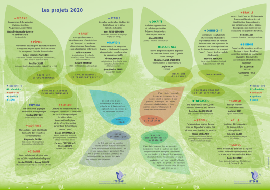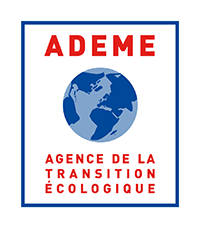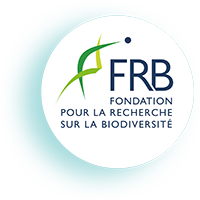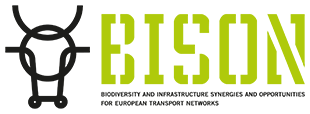InfraLin-Dynpop (2)
- Dynamics of wildlife populations bordering linear land transport infrastructures
Dynamics of wildlife populations bordering linear land transport infrastructures
In a context of erosion of biodiversity for which the role of ILTe was observed as early as the 1930s, this study aims to evaluate the progress of research in the national and international bibliography on an area that has not yet been studied: the effect ILTe on the dynamics of riparian vertebrate populations at ILTe. Numerous studies have specifically described the effects that fragmentation of ILTe generates on vertebrate populations and the role of mitigation measures. Other studies have analyzed animal mortality, among other things trafficking, or described the effects of ILTe on the health or reproductive success of these populations. This exploratory research project aims to synthesize, through a national and international bibliographic analysis, studies describing the effects of ILTe on population dynamics and its stability by evaluating separately or together the flows of outgoing and incoming individuals (which reflect isolation of animal populations), mortality / birth rates or other descriptors (ie turn-over, extinction and recolonization according to the theory of meta-populations) that can explain this population dynamics.
A second objective is to propose future research work, particularly on the link between population dynamics close to ILTe and the way in which berms are managed or types of landscaping in relation to the habitats crossed or the density of control measures. reduction such wildlife passages. It also involves feeding a possible state of the art on the problem.












